
A show about relationships with the land
There are many ways to listen to the show: Listen live on CFRU 93.3 fm broadcasting from the University of Guelph Mondays at 6pm EST or listen to the podcast via Spotify, Apple, or just follow the rss feed.
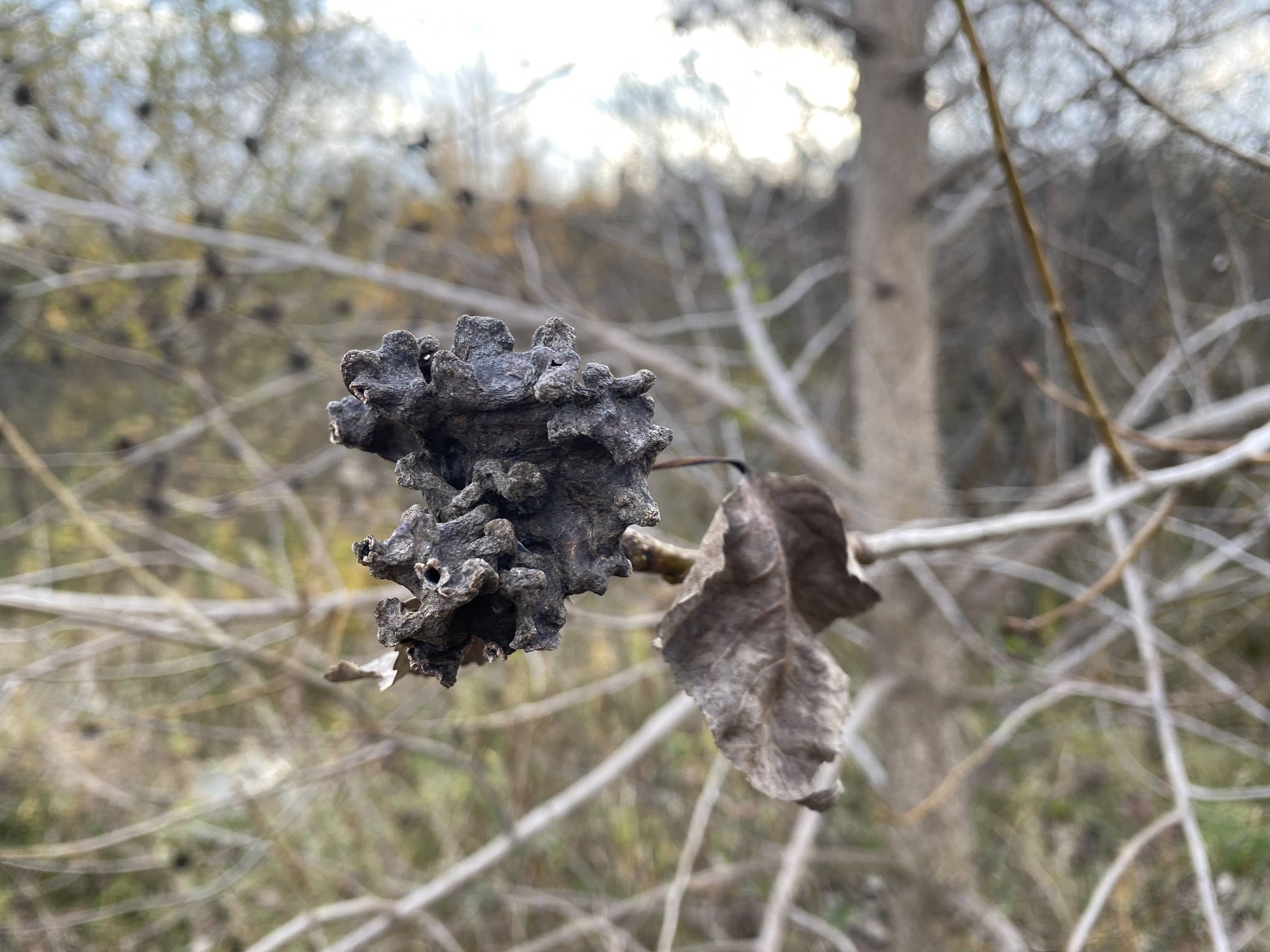
Ep. 238 : Looking At Two Unusual Galls
This passed weekend I was able to go out tracking with folks at Wiijindamaan where I once again notice the Poplar Vagabond Aphid Gall. And last week, I was having another conversation with folks about the Spruce Pineapple Adelgid Gall. Galls persist through the Winter and into Spring when many of the insects which have created them will begin to emerge.
Since now is the time to be keeping an eye out for the insect emergences, I figured I would share my excitement for these two galls. Not only are they beautiful and unusual, but they also highlight my growing feelings on what I call “biology 202”, a deep appreciation for the complexity of life beyond our cultural assumptions. It’ll make more sense when you hear it.
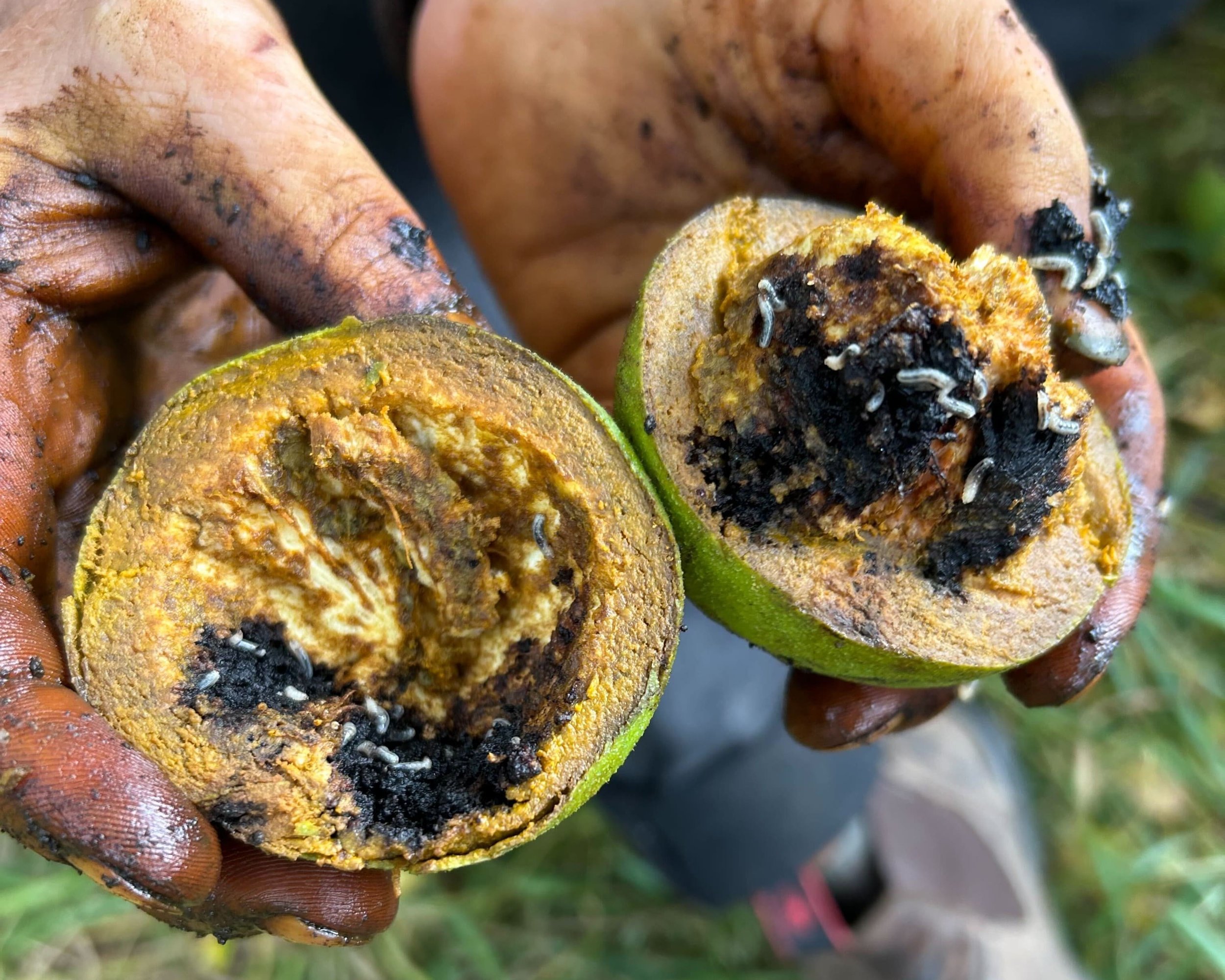
Ep. 228 : Walnut Husk Maggot Fly
Every big mast year for Black Walnuts I like to harvest a ton of them and then process them for both the husks and the nutmeat inside. While the nutmeats are very troublesome to access it is getting easier as I learn which tools are better than others, and the food value is totally worth it. As for the husks, it’s pretty easy to rip or cut them off of the nut. This year, as in previous years as well, there has been a small ethical dilemma which has come up when using the husks for dye. Nestled in the husks are small larvae of what I believe to be the Walnut Husk Maggot Fly which is a fruit fly I don’t know much about. But because I love Walnuts, I figured I should learn.
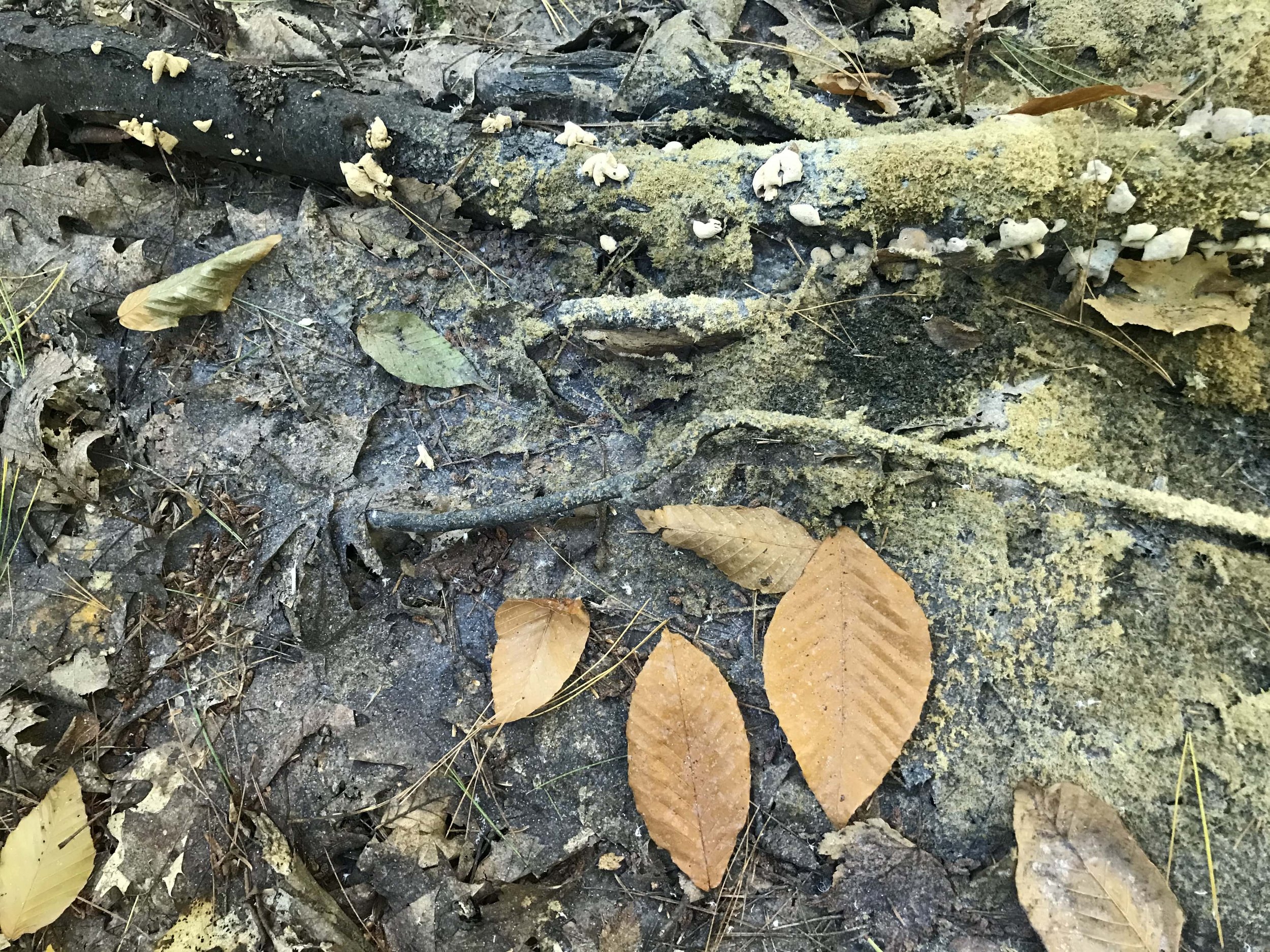
Ep. 227 : Honey Dew Eater
Scattered in the back of the Main tract there are many American Beech trees. Some tall, some small, but they are there amidst the Red Oaks (Quercus rubra) and Sugar Maples. If you look close at the branches of these Beech trees you'll find little white fluffy insects dancing about in huge colonies. These are the Wooly Beech Aphid and they are there sucking sap out of the Beech tree. Now when any animal consumes their fill of whatever it is they are consuming, they must release the waste, and so too with the Aphids. This waste, called Honey Dew, is dropped and as it falls lands on the leaves, branches, and ground below. When this happens, the spores of the Honey Dew Eater come around and land on the Honey Dew and begin their life cycle.
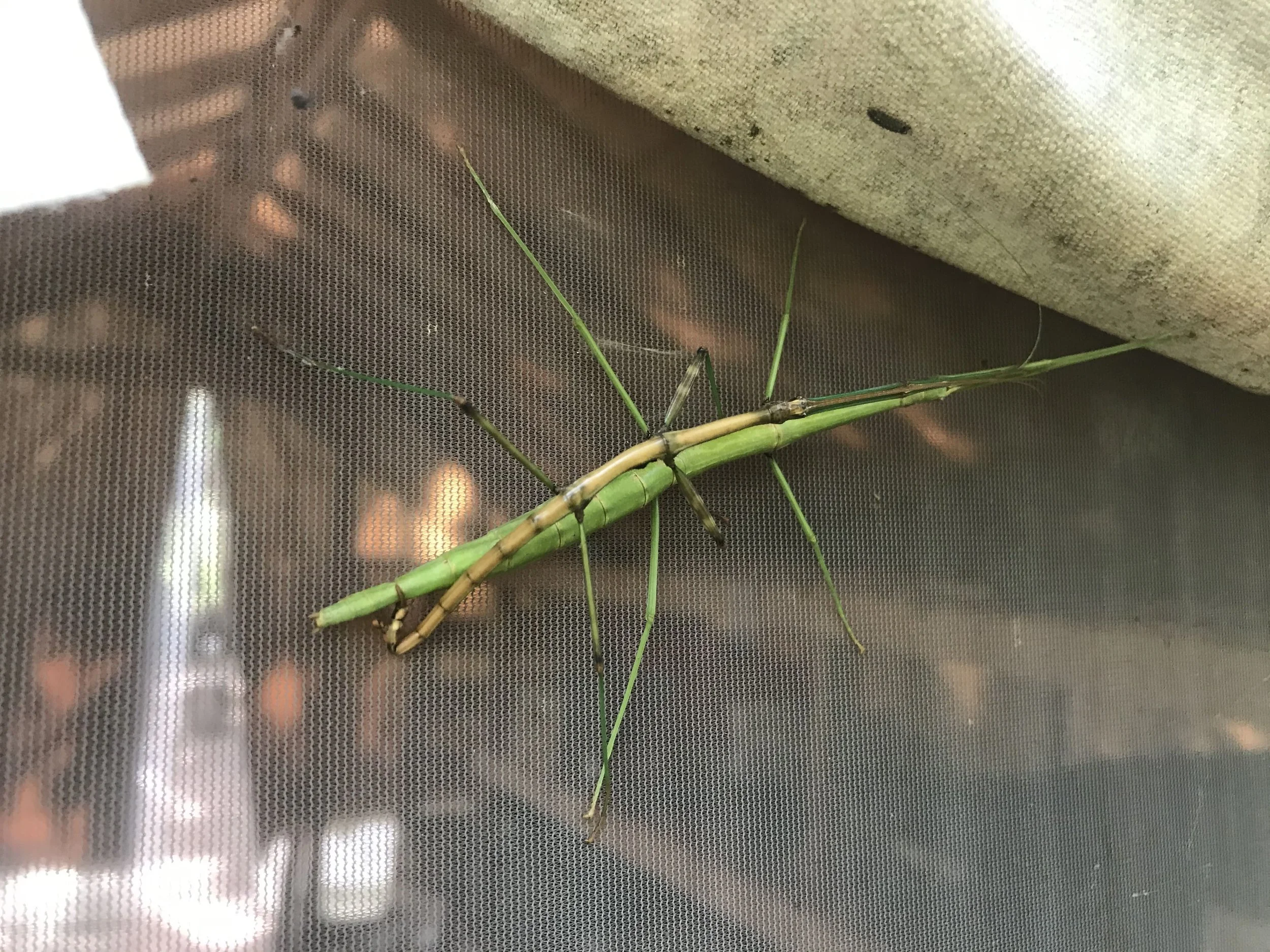
Ep. 225 : Walking Stick Insects
Last Thursday a call came over the radio at work. “I just want to let everyone know that there are two Walking Sticks mating on the tent”. I can’t really remember what I was doing with the students at the time, but we all dropped everything and made our way, some faster than others. I had seen a couple of Walking Sticks over the Summer, but realized, while jogging through the forest on my way to see these two going at it, that I knew very little about the life cycles, ecology and overall natural history of this species or the order as a whole. I figured I should observe the mating pair carefully, and then research a bunch when I get home.
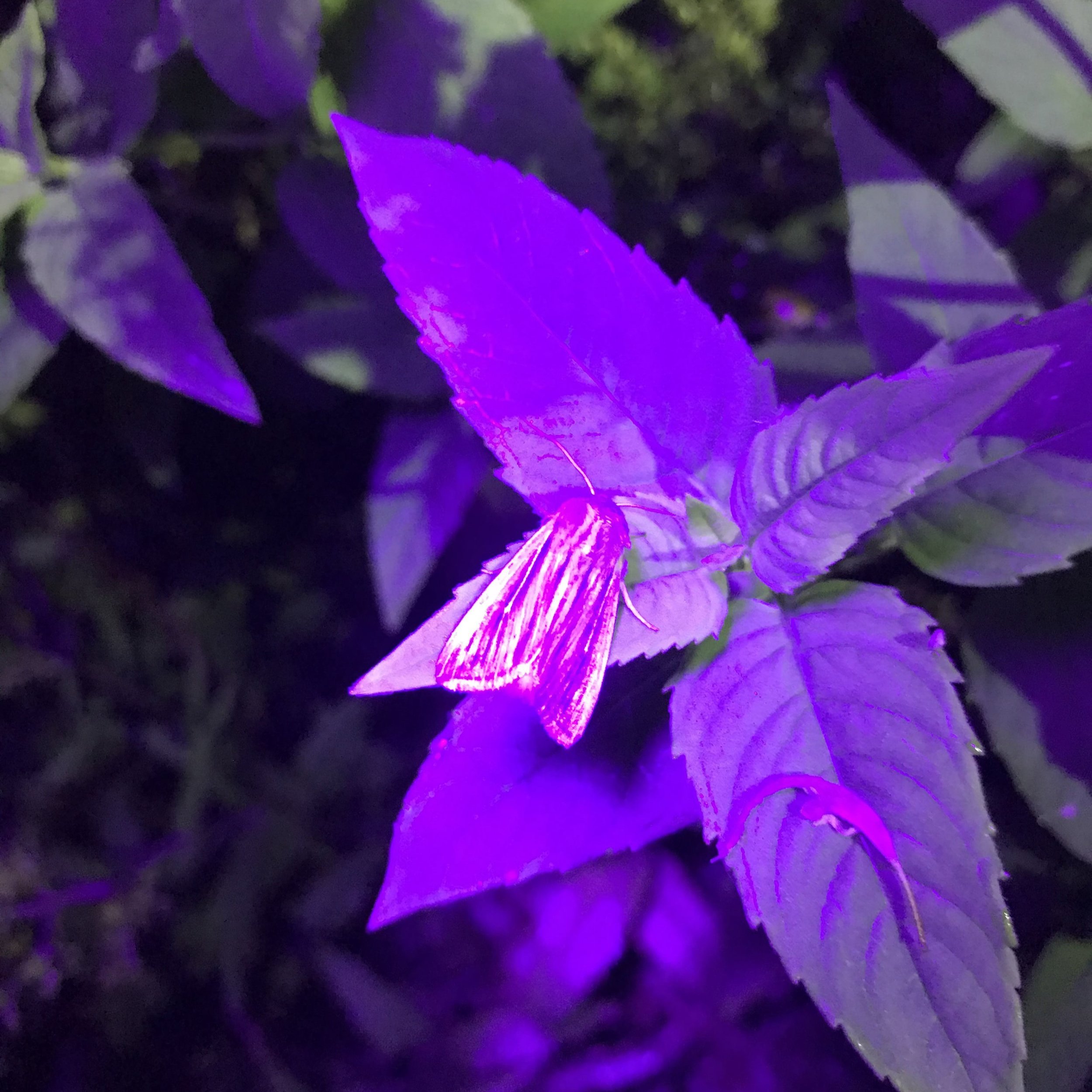
Ep. 223 : Moth Garden with Lisa Hirmer and Christina Kingsbury
In some circles, reciprocate is the new “sustainable”, a hot word which implies a lot but isn’t always doing what we might imagine. But how can we try to actually live up to, and create the reciprocity, the giving back and forth, to that and those who give us so much?
For me, Moth Garden feels like a project trying to demonstrate reciprocity in a real, tangible, replicable ways. Christina Kingsbury and Lisa Hirmer have been researching, planting, growing and shaping a garden with an intention of creating sensory worlds for/of the more-than-human, nourishing spaces planted with food, shelter, and room for transformation and rest; planted for often maligned and misunderstood members of our broad interspecies communities.
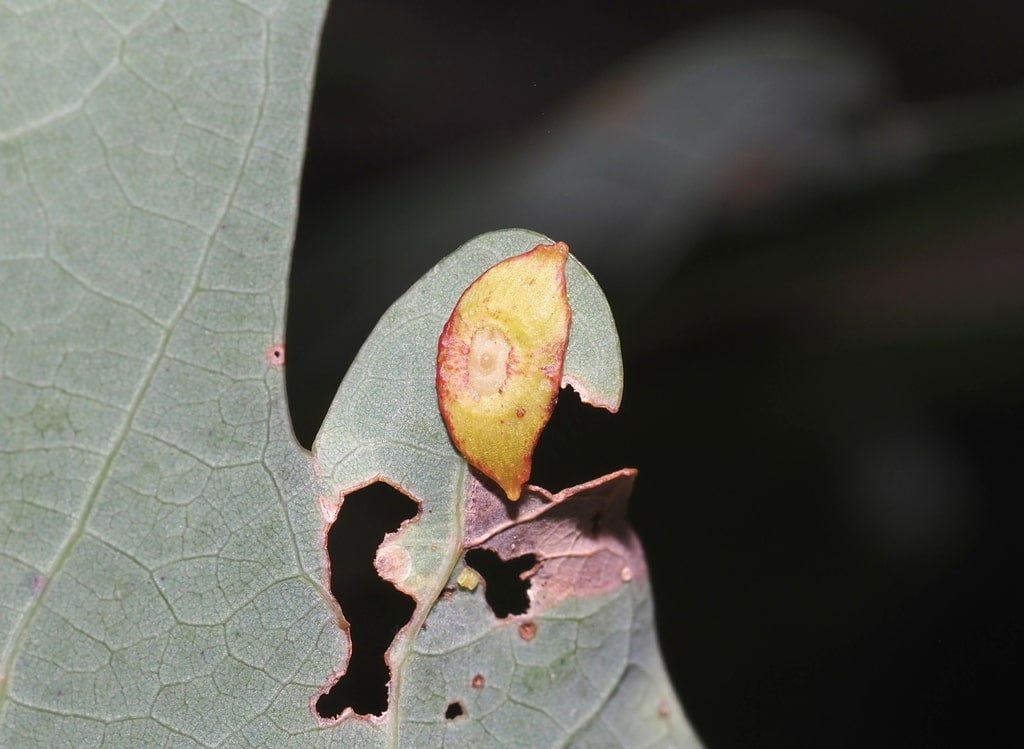
Ep. 195 : Gallformers.org
Gallformers.org has been referred to me by a few friends over the past few months as they helped me to identify some unknown galls I have found in the field. I have written about galls on this website many times as well, usually having to refer back to gallformers.org finally figure out who made them.
My appreciation and curiosity surrounding galls and their ecologies could just go nowhere if I didn’t have tools and resources to help me find answers to my curiosities, but because of Adam and Jeff at gallformers.org I have been able to keep going down the gall makers emergence hole and am consistently learning so much as I go.
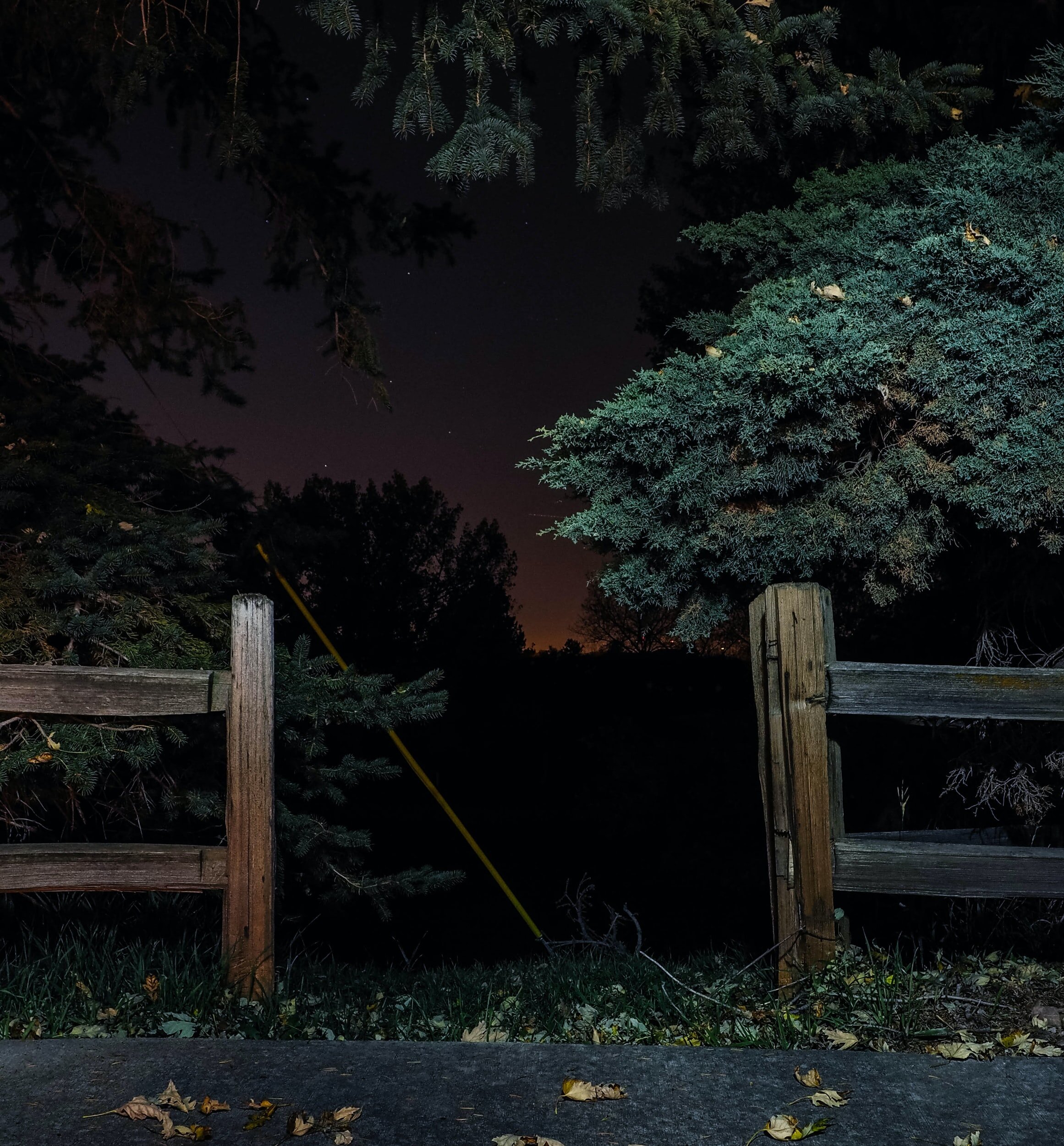
Ep. 166 : Song of the night
For most of my life I have enjoyed biking and walking through the trails at night. There is a special beauty that glows faintly at night and I have longed to share that with friends ever since I was old enough to spend the night out by myself. It took me by surprise when I realized that others couldn’t get out as I did. They held back by more than subtle threats and stories told to keep folks in their place.
The show this week is about sharing the sounds I came across recently on late night forays down to the river by my house and in my backyard. I recorded these in hopes to offer them as chances to participate in the space of the night for folks who can’t get out there for whatever reasons.
I hope you enjoy.

Other platforms where you can listen to the show :
As well as : Breaker : Overcast : Pocket casts : RadioPublic



